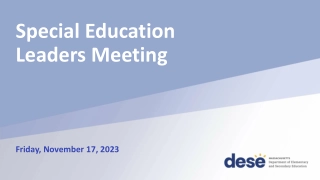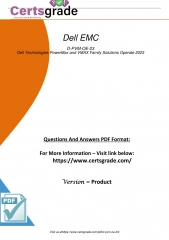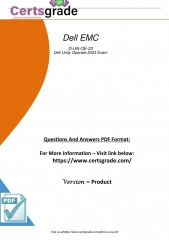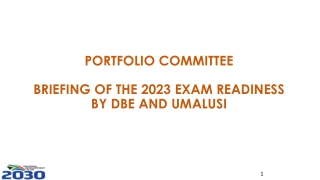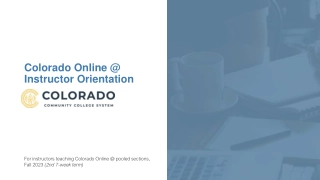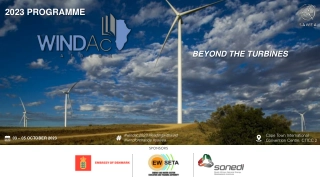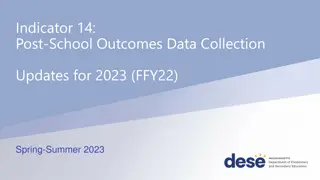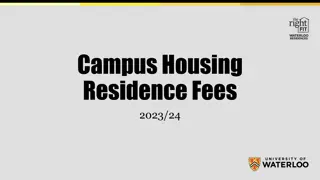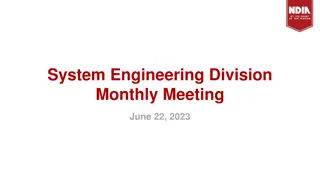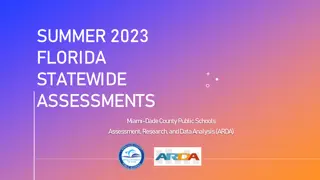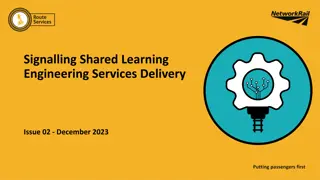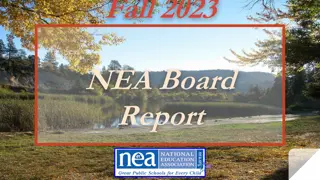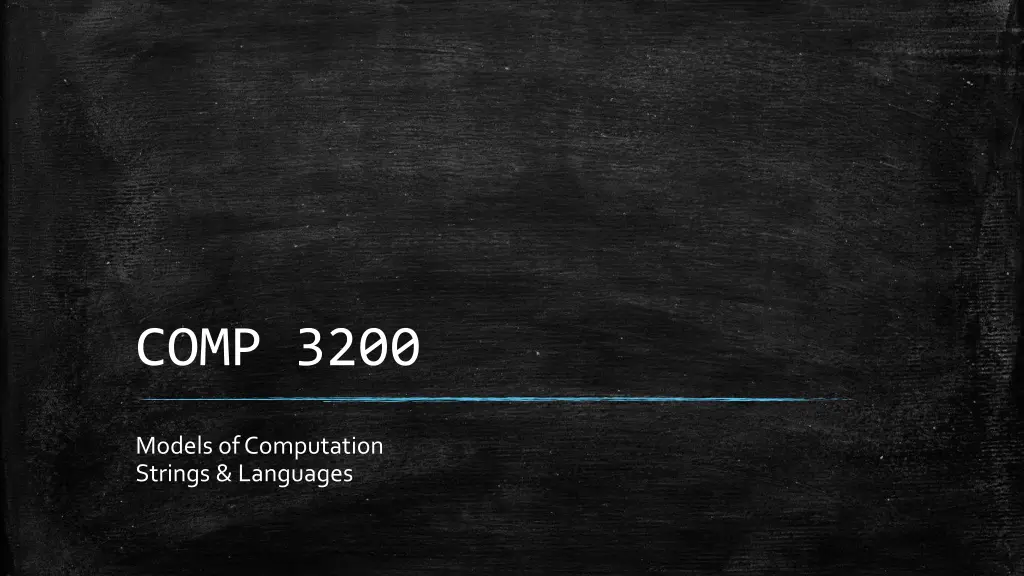
Exploring Models of Computation: Languages, Grammars, and Automata
Delve into the intricacies of models of computation, covering topics such as languages, grammars, automata, and Rice's Theorem. Understand the different types of computation, from acceptors to transducers, and explore the foundational concepts of Turing Machines and more. Dive deep into the significance of different computational models and their applications in the world of computing.
Download Presentation

Please find below an Image/Link to download the presentation.
The content on the website is provided AS IS for your information and personal use only. It may not be sold, licensed, or shared on other websites without obtaining consent from the author. If you encounter any issues during the download, it is possible that the publisher has removed the file from their server.
You are allowed to download the files provided on this website for personal or commercial use, subject to the condition that they are used lawfully. All files are the property of their respective owners.
The content on the website is provided AS IS for your information and personal use only. It may not be sold, licensed, or shared on other websites without obtaining consent from the author.
E N D
Presentation Transcript
COMP 3200 Models of Computation Strings & Languages
ALERTS Programming Assignment #1 (Python exercises) due Friday Reading Assignment #2 available Project #1 will be published on Wednesday so that you can see it The draft for Project #1 will be on Friday This will be the only time you see the assignment before the draft
Models of Computation Review: what have we covered so far? Languages: models of representation Grammars: models of language structure Automata: models of computation
Rice's Theorem [Wolfram MathWorld] If A is a class of recursively enumerable sets, then the set of G del numbers of functions whose domains belong to A is called its index set. If the index set of A is a recursive set, then either A is empty or A contains all recursively enumerable sets. [Wikipedia] In computability theory, Rice's theorem states that all non-trivial, semantic properties of programs are undecidable. A semantic property is one about the program's behavior, unlike a syntactic property. A property is non-trivial if it is neither true for every partial computable function, nor false for every partial computable function.
Models of Computation Types of Computation Acceptors: check the validity of an input (with respect to some spec) Binary output Compilers, pattern matchers, finite automata, etc. Recognizers: like an acceptor, but with semantic capabilities Any output Classifiers, any kind of acceptor, etc. Transducers: transforms input to output according to some algorithm Any output Turing Machines, Moore & Mealy machines, mathematical functions, compilers, etc.
Models of Computation Turing Machine (Alan Turing): abstract machine w/finite control -Calculus (Alonzo Church): recursive functions RAM-Machine (John von Neumann): cpu/memory w/fetch-execute Production Systems (Emil Post): rewrite rules Markov Systems (Andrey Markov): stochastic processes Neural Networks (McCulloch & Pitts): feedback learning Logic Circuits: boolean functions and many, many more... Church-Turing Thesis
Languages (Genesis 11:1-9) Now the whole earth had one language and the same words. And as people migrated from the east, they found a plain in the land of Shinar and settled there. And they said to one another, Come, let us make bricks, and burn them thoroughly. And they had brick for stone, and bitumen for mortar. Then they said, Come, let us build ourselves a city and a tower with its top in the heavens, and let us make a name for ourselves, lest we be dispersed over the face of the whole earth. And the Lord came down to see the city and the tower, which the children of man had built. And the Lord said, Behold, they are one people, and they have all one language, and this is only the beginning of what they will do. And nothing that they propose to do will now be impossible for them. Come, let us go down and there confuse their language, so that they may not understand one another's speech. So the Lord dispersed them from there over the face of all the earth, and they left off building the city. Therefore its name was called Babel, because there the Lord confused the language of all the earth. And from there the Lord dispersed them over the face of all the earth.
What is a string? A sequence of characters over an alphabet E.g., sentences, programs, equations, etc. What alphabet do we use? Latin ASCII / Unicode Binary etc. What is a language? A collection of valid strings E.g., Java, matched parentheses, even-length strings, etc.
Observations... How hard is it to write a compiler? How hard is it to write an interpreter? How hard is it to understand English? How hard is it to speak English? The questions of Language Recognition & Language Generation ARE FUNDAMENTAL!
Formal Languages DEF: An ALPHABET is any finite, non-empty set of symbols DEF: A STRING is any finite sequence of symbols taken from a specified alphabet A string MAY be empty: or or DEF: A LANGUAGE is any set of strings over some alphabet Let = {a, b}. Then each of the following are languages: {a} {a, b} {a, aa, aaa, aaaa, aaaaa, } { , aa, ab, ba, bb, aaaa, aaab, aaba, aabb, abaa, abab, abba, abbb, baaa, } Others?
Formal Languages DEF: Given an alphabet , k is the set of all strings over of length k (where ? ) Let = { , }. = { } = { , } = { , , , } DEF: Given an alphabet , * is the set of all possible strings over Is * a language? If ? , is L a language? How big is *? How many languages are there (over )?
Operations on Languages Set operations? union intersection complement set difference power set etc. String operations? concatenation iterated concatenation (what's that?)
Operations on Languages Set operations? union intersection complement set difference power set etc. String operations? concatenation iterated concatenation
Operating on Languages Union: ? ? = ? + ? = {?:? ? ?? ? ?} Concatenation: ? ? = ?? = {??:? ? ??? ? ?} ?0= {?} ??= ?? 1 ? ? = ? ?? Kleene Star: Note: ?+= ? ? = ?>0??
Examples Let A = {aa, aba} and B = {b, baba} What is ? + ?? What is AB? What is BA? What is B*? Let C = {w: w is even-length} and D = {w : w begins with b} What is ? + ?? What is CD? What is DC? What is C*? What is D*?



